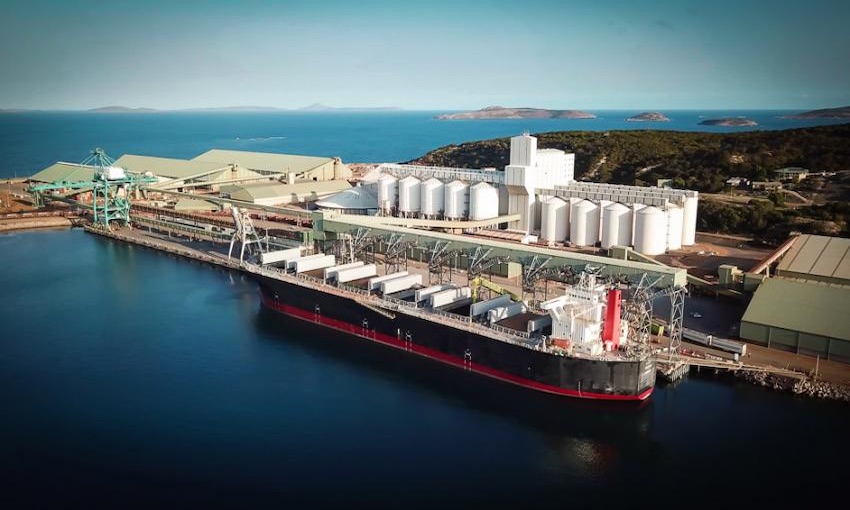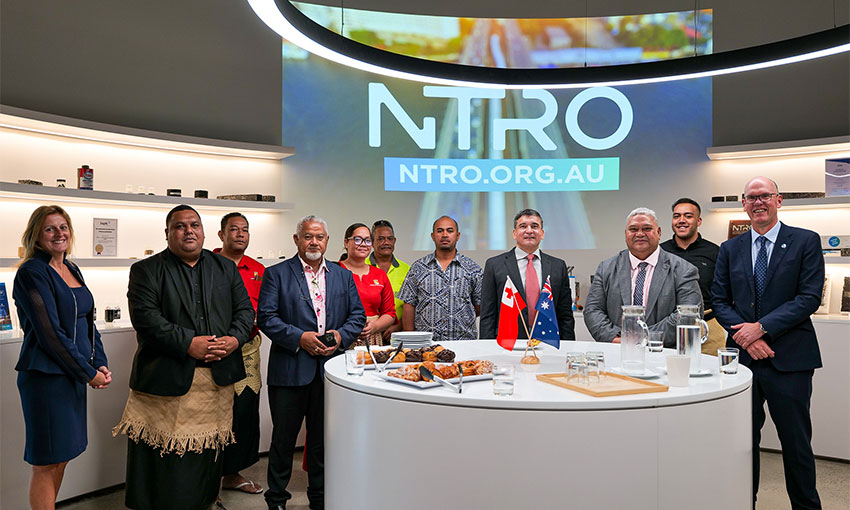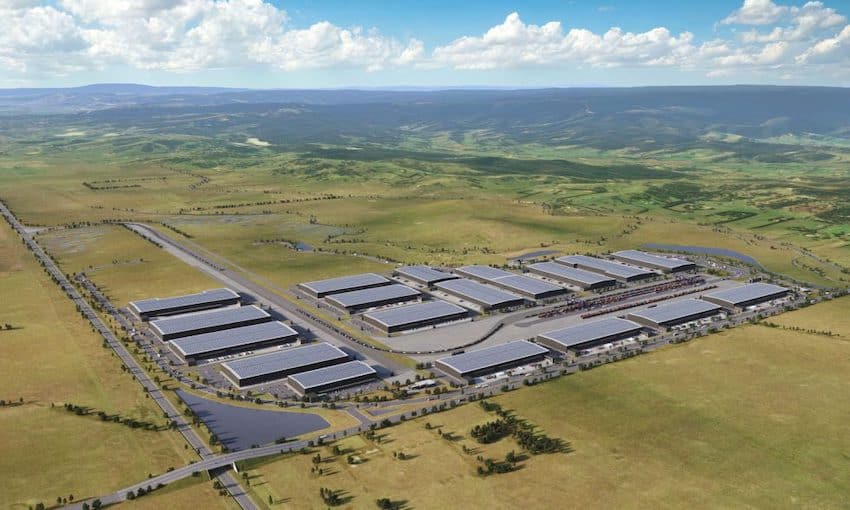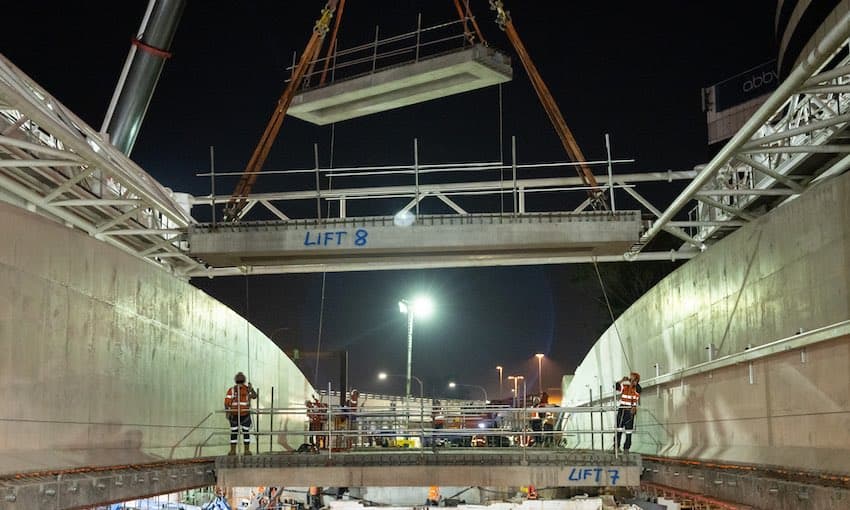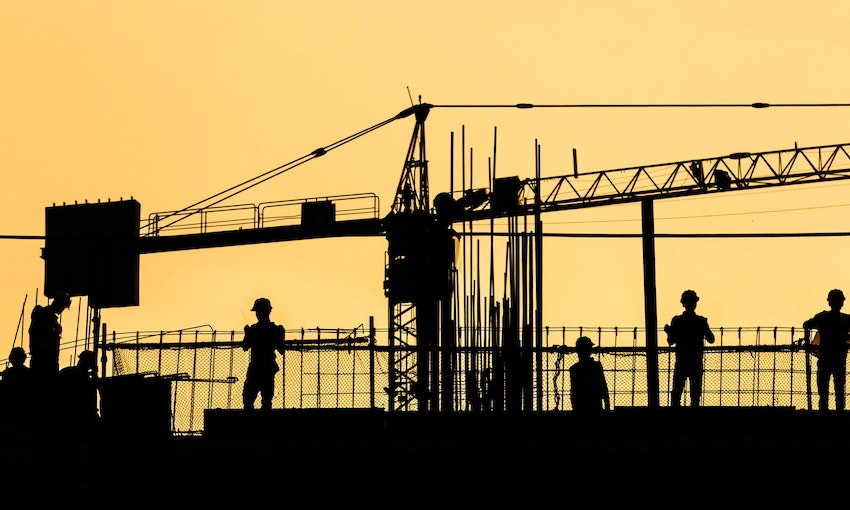A new report from Infrastructure Australia has identified 12 regions with an infrastructure gap in capacity, connectivity and quality of freight infrastructure – these are among 479 infrastructure gaps the report identified across all of Australia’s regions.
Infrastructure Australia said the report, Regional Strengths and Infrastructure Gaps report provides government, industry, businesses and the community with a guide to support record migration and further growth, off the back of the 200% increase in growth in Australia’s regional areas in 2019-20. This regionalisation trend has continued with the first quarter of 2021 being the largest internal migration on record.
In developing this report, Infrastructure Australia partnered with 48 Regional Development Australia committees to conduct extensive consultation on community views. This was supported by engagement with key regional stakeholders, including businesses, peak bodies and industry groups, to help create a picture of each area’s diverse assets, growth industries and infrastructure requirements.
These region-specific reports provide a lens to highlight and understand opportunities and prioritise investment. The Regional Strengths report also looks for commonalities to promote collaboration and knowledge sharing to enable proactive planning led by local communities.
Many of the issues raised as “infrastructure gaps” centred on the need to improve road freight infrastructure in remote areas. This would, in general, increase the competitiveness of regional industries and increase freight cost-efficiency, the report said. But the report also addressed some issues at ports.
Among the regions identified with freight infrastructure gaps at the port is Esperance. The report said trends in the region’s mineral industry would likely increase the number of heavy vehicles on the roads and increase congestion at Esperance Port and on the regional rail network.
“From a minerals product transport perspective, at current volumes the existing rail infrastructure is generally considered to be adequate and the region’s grain sector is not a major user of rail transport. However, volumes of nickel, rare earths and iron ore transported on various lines that comprise the network may increase in the future,” the report said.
“Current projections and development plans for developments in the nickel, rare earths, spodumene concentrate and iron ore sectors will see increased volumes of mineral product through Esperance Port. This may place pressure on berth occupancy rates, ship-loading and other cargo handling infrastructure, storage and laydown capacity at the port.”
And looking to a port further west, the report said while Bunbury Port serves the resources sector, fulfilling its potential and enhancing its capacity would help the port to meet regional and state import and export needs and connect the region to world markets.
And in Tasmania, the report said “maintenance and upgrade of ageing freight infrastructure assets is needed in order to further support key export markets. Being an island state, freight capacity issues are also present in relation to domestic shipping terminal, with many other priorities depending on the successful resolution of this”.
Infrastructure Australia Chair Col Murray said: “This the first time a report of this magnitude has been conducted solely on Regional Australia that localises each area’s strengths and opportunities. It provides a foundation of data, knowledge and community perceptions to support future infrastructure planning, decision-making and network governance across the country.”
Chief executive Romilly Madew said: “The significant upswing in regionalisation – further accelerated by the pandemic – has compounded pressure on already stretched regional infrastructure assets and networks.
“By drawing out commonalities where they exist, we are aiming to improve information sharing and enable a coordinated, forward-looking view of the challenges and opportunities in Regional Australia. We hope communities embrace the opportunities highlighted in this report and that it becomes a turning point for greater collaboration amongst stakeholders,” Ms Madew said.

